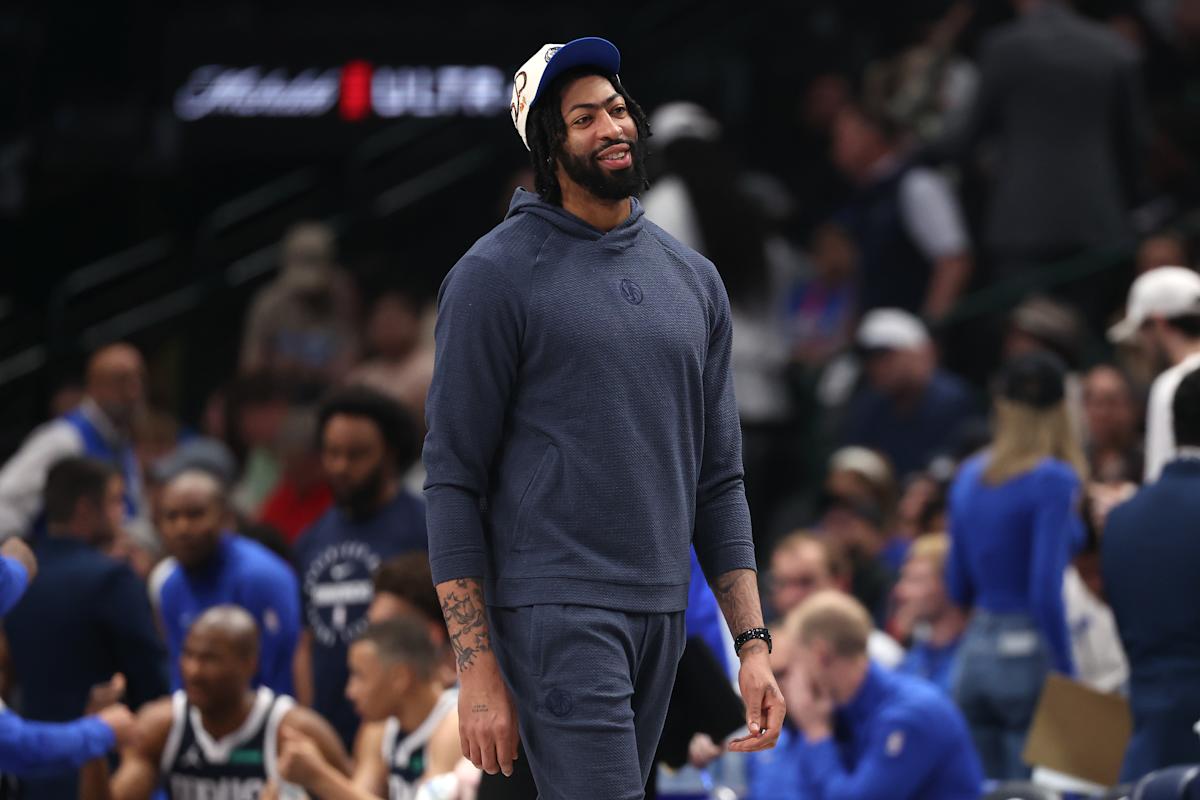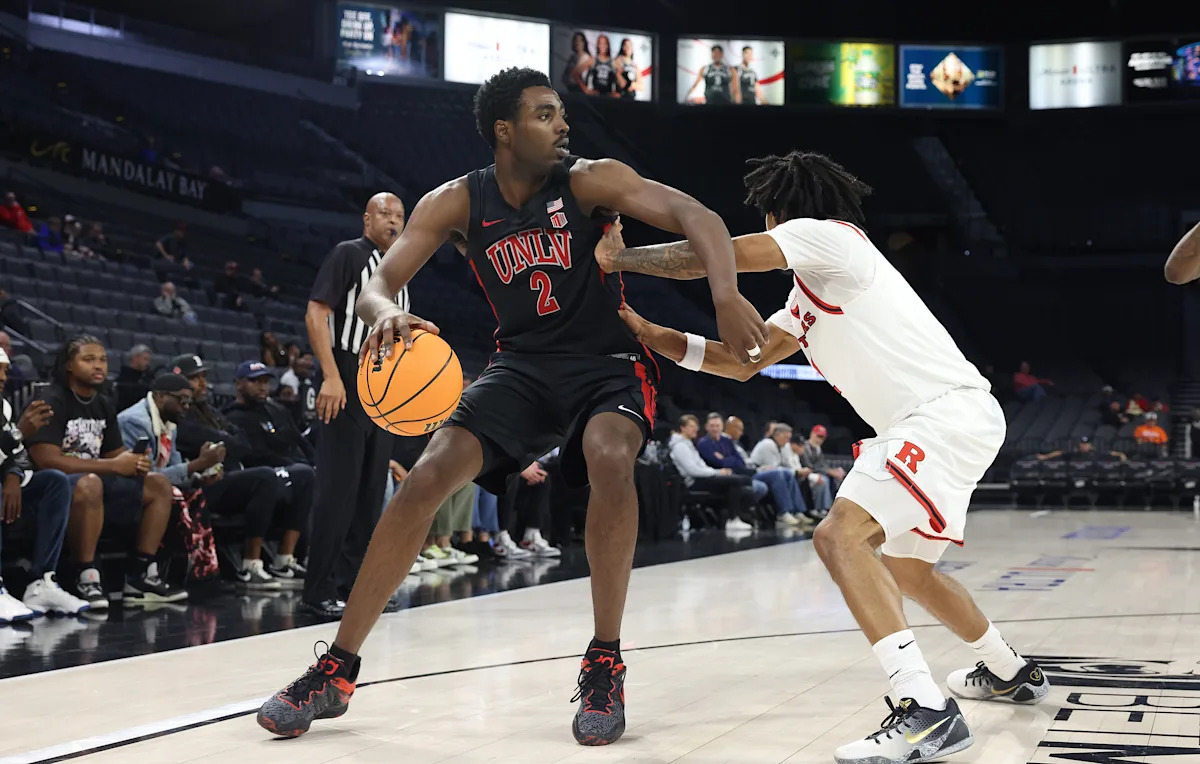As millions of Americans prepare to “fall back” this weekend, turning clocks one hour earlier on November 2, experts warn that the end of Daylight Saving Time (DST) could deliver an unexpected blow to fitness goals. While the extra hour of sleep sounds appealing, research shows the time shift disrupts circadian rhythms, sleep quality, and motivation—often leading to skipped workouts and stalled progress in the gym.
The Biological Hit: Sleep Disruption and Energy Dips
The transition out of DST mimics a mild form of jet lag. “Your body runs on an internal clock tuned to natural light,” explains Dr. Phyllis Zee, chief of sleep medicine at Northwestern University Feinberg School of Medicine. “Suddenly gaining an hour of morning light but losing it in the evening throws off melatonin production and cortisol levels, which regulate sleep and alertness.”
A 2023 study in the Journal of Clinical Sleep Medicine analyzed over 30,000 adults and found that physical activity drops by an average of 10-15% in the week following the fall time change. Evening exercisers are hit hardest: with darkness descending as early as 4:30 p.m. in northern states, outdoor runs, cycling commutes, and pickup sports become less feasible—or less safe—without proper lighting.
Morning vs. Evening Exercisers: Who Suffers More?
Morning warriors may actually benefit temporarily. The earlier sunrise aligns better with pre-work routines, potentially boosting consistency for the 27% of Americans who exercise before 9 a.m., according to a 2024 Strava report.
Evening athletes, however, face a steeper challenge. A Finnish study tracking 5,000 adults over five years showed a 22% increase in canceled gym sessions during the first two weeks of standard time, largely due to reduced daylight and colder temperatures compounding the effect.
The Motivation Killer: Seasonal Affective Disorder Creeps In
Less daylight doesn’t just affect logistics—it impacts mood. The National Institutes of Health links the post-DST period to a 6-8% rise in depressive symptoms, which directly correlates with exercise avoidance. “When it’s dark at 5 p.m., the couch feels more inviting than the treadmill,” notes sports psychologist Dr. Michael Gervais. Fitness apps like Peloton and Fitbit report consistent 12-18% drops in user engagement during November, with recovery not occurring until mid-December.
Economic and Public Health Costs
The ripple effects extend beyond individuals. The American College of Sports Medicine estimates that DST-related inactivity contributes to $2.1 billion in annual healthcare costs from weight gain, reduced cardiovascular health, and mental health treatment. Workplace wellness programs see participation plummet by up to 30% in the fall transition, according to a 2025 Corporate Wellness Magazine survey.
Expert Strategies to Stay on Track
Fitness professionals recommend proactive adjustments:
Shift workouts earlier by 15-30 minutes gradually in the week before the change.
Invest in indoor alternatives—home equipment, streaming classes, or gym memberships with extended hours.
Use light therapy: 10,000-lux light boxes for 20-30 minutes each morning can reset circadian rhythms, per the Mayo Clinic.
Leverage technology: Wearables that track sleep debt can prompt earlier bedtimes to protect workout energy.
The Bigger Debate: Should DST End?
The exercise disruption adds fuel to the ongoing DST abolition debate. The Sunshine Protection Act, which would make DST permanent, passed the Senate in 2022 but stalled in the House. Proponents argue year-round daylight would preserve evening activity hours, potentially increasing physical activity by 5-7% annually, according to a 2024 University of Washington study.
As clocks reset this weekend, fitness enthusiasts face a choice: adapt strategically or risk derailing months of progress. “The time change is temporary,” says Zee, “but its effects on exercise habits can last weeks if you’re not prepared.”
























